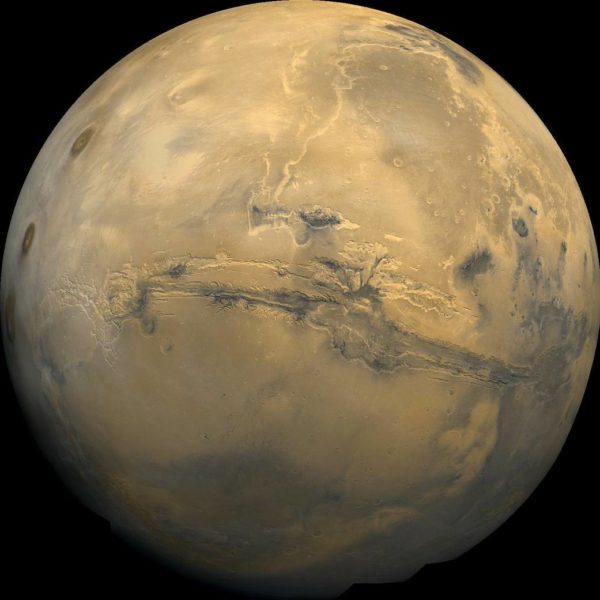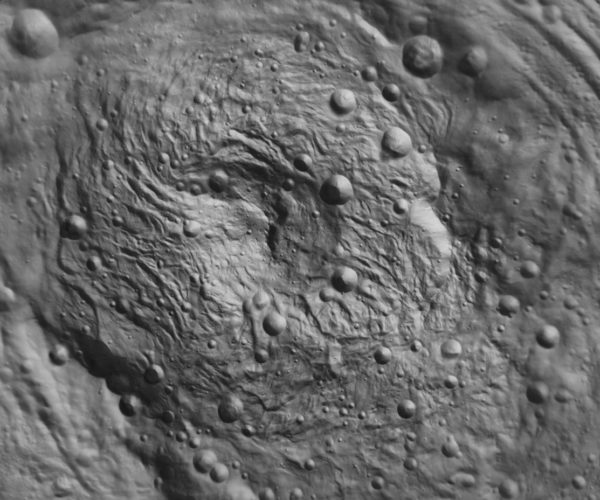"How well I have learned that there is no fence to sit on between heaven and hell. There is a deep, wide gulf, a chasm, and in that chasm is no place for any man." -Johnny Cash
The largest mountains, the greatest chasms, steepest cliffs and the tallest peaks on Earth are certainly impressive, particularly when compared to the scale of a human. But compared to the mountains on Mars, Io, Vesta or Iapetus, or the canyons and cliffs on Mars, Mercury, or even Charon, Earth’s features look puny.
How could these small worlds, some of which -- like Vesta -- are barely 5% the diameter of Earth, have features that dwarf our own planet’s? The answer is in gravity itself: without the incredible gravitational pull that Earth experiences at its surface, these irregularities are unchecked by the same forces that pull Earth into such a nearly perfect sphere.
- Log in to post comments







You forget another important difference, the strength of erosion. On Earth, whether by air water or ice, its generally pretty strong, reducing mountains over a timespan of a few tens to a hundred million years, and much faster for soft targets like volcanoes. Essentially almost all of Earths geo-morphology is heavily perhaps dominantly shaped by erosion. Ironocally, erosion can be responsible for impressive local vertical features, near vertical cliff faces in some mountains and canyons, whereas most of these features on these lesser bodies have relatively gentle slopes.
“Sure, the grand canyon is legitimately big, carved by thawing ice ages repeatedly flowing in massive deluges down the same path OVER HUNDREDS OF MILLIONS OF YEARS.”
How in the world did you come up with THAT?
Last I heard, the debate over the age of the Grand Canyon has been boiling for well over a century,
with estimates anywhere from 5 million to 70 million years old. (I guess a potential error of 1,300% isn’t too bad.)
So, what’s with your HUNDRED of MILLIONS of years?
"How in the world did you come up with THAT?"
By looking at the evidence in the real world, not looking in a book of mythology.